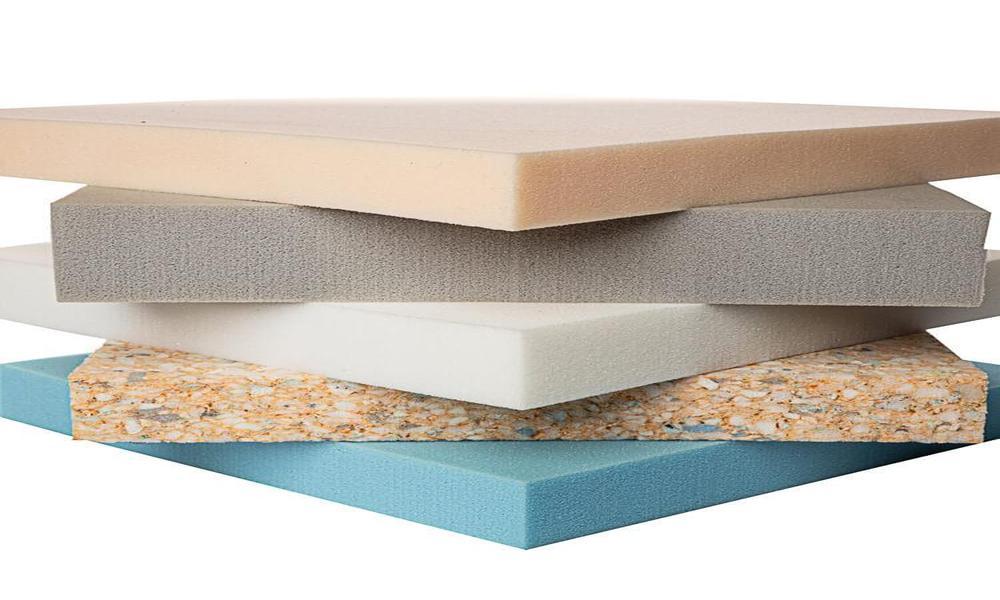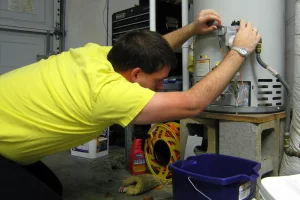
Why foam filling is one of the essential things?
Foam filling is a process of filling voids or cavities with foam, usually made of polyurethane or other synthetic materials. This technique is widely used in various industries, from construction to automotive, marine, and aerospace, to provide structural support, insulation, vibration dampening, and buoyancy.
Foam filling is considered one of the essential things because it offers many benefits that cannot be achieved by other materials or methods. In this article, we will explore why foam filling is so crucial and how it can improve the performance and safety of products and structures.
Structural support:
Foam filling can provide significant structural support to various products and structures, making them stronger and more durable. When foam is injected into cavities or gaps, it expands and adheres to the surrounding surfaces, creating a solid and stable structure. This process can be used to reinforce walls, floors, roofs, and foundations, as well as to fill gaps in pipes, ducts, and cables.
In construction, foam filling is often used to reinforce concrete structures, such as bridges, tunnels, and dams. By injecting foam into the voids between the concrete layers, engineers can improve the load-bearing capacity and resistance to cracking and erosion.
Insulation:
Foam filling can also provide excellent insulation properties, which can help to reduce energy consumption and costs. Foam insulation can be used to fill gaps and cracks in walls, ceilings, and floors, as well as to insulate pipes, tanks, and equipment. Foam insulation can also help to prevent air leakage, moisture infiltration, and noise transmission.
In automotive and aerospace industries, foam filling is commonly used to insulate engine compartments, fuel tanks, and passenger cabins. Foam insulation can help to reduce the engine noise and vibration, improve fuel efficiency, and enhance the comfort and safety of passengers.
Vibration dampening:
Foam filling can also provide effective vibration dampening properties, which can help to reduce the noise and vibration generated by machinery, engines, and equipment. By filling the gaps and cavities with foam, the energy of the vibration is absorbed and dissipated, reducing the amplitude and frequency of the vibration.
In marine and offshore industries, foam filling is used to dampen the vibration and noise generated by the engines, propellers, and pumps. Foam-filled tanks and hulls can also provide buoyancy and stability, making the vessels more seaworthy and safer.
Buoyancy:
Foam filling can provide excellent buoyancy properties, which can help to keep products and structures afloat in water or other fluids. Foam-filled materials can provide buoyancy without adding significant weight, making them ideal for marine and underwater applications.
In marine and offshore industries, foam-filled buoys, floats, and pontoons are used to mark navigation channels, support pipelines, and anchor floating structures. Foam-filled life jackets, rafts, and boats can also provide excellent buoyancy and safety for people in emergency situations.
Fire resistance:
Foam filling can also provide excellent fire resistance properties, which can help to prevent the spread of fire and smoke in buildings and other structures. Foam-filled materials can resist high temperatures and flame exposure, reducing the risk of ignition and combustion.
In construction, foam filling is often used to fill the gaps and cavities in walls, floors, and roofs, creating a fire-resistant barrier. Foam-filled cables, pipes, and ducts can also provide excellent fire protection, preventing the spread of fire and smoke through the building.
In conclusion, foam filling is one of the essential things because it offers many benefits that cannot be achieved by other materials or methods. Foam filling can provide structural support, insulation, vibration dampening, buoyancy, and fire resistance, making products and structures stronger, more durable, and safer.

